
A team of international researchers has found the remains of at least 27 people during excavations at a prehistoric archaeological site in Kenya.
A Massacre
A dozen skeletons were relatively well preserved. But ten of them had clear marks of violence. Four had their arms in a position that suggest they were tied when they died, among these including a heavily pregnant woman.
The long list of violence includes blunt trauma to the skull, most probably caused by a sharp object. Severe fractures on their faces and heads. At least five had wounds on their bones that suggested they had been stabbed. An arrow was found inside a chest.
The remains of six children were found mingled or close to those of four of the women. And it appears as if the children and women may have been grouped together before they were battered to death, likely with wooden clubs.
The massacre has been carbon dated, it took place between 9,500 and 10,500 years ago, at a prehistoric lagoon in Nataruk, 19 miles (30km) south-west of Lake Turkana in Kenya.
The researchers found obsidian glass side the skull of one of the skeletons. This is a very rare material in this area, possibly suggesting that an invading tribe was the cause.
Pre-Agricultural Revolution
What caused the massacre in Nataruk is unclear. But the ancient forensics indicate that humans were far from peaceful some 10,000 years ago.
This goes against what some scientists have suggested, that warfare developed around 6,000 years ago. That human were largely peaceful until agriculture led to population growth and conflicts over land and other resources linked to sedentary life.
Anthropologists, however, have long suspected that the human capacity for organized violence is something we inherited from long ago in our evolutionary past. What looks like warfare can be seen among our primate cousins, chimpanzees.
There is indeed ample evidence of violence among hunter-gatherer societies, indicating that the history of human violence goes back far longer than that of agriculture.
Hit this link to view a video ny Nature magazine.
_____________
Inter-group violence among early Holocene hunter-gatherers of West Turkana, Kenya
__________________________




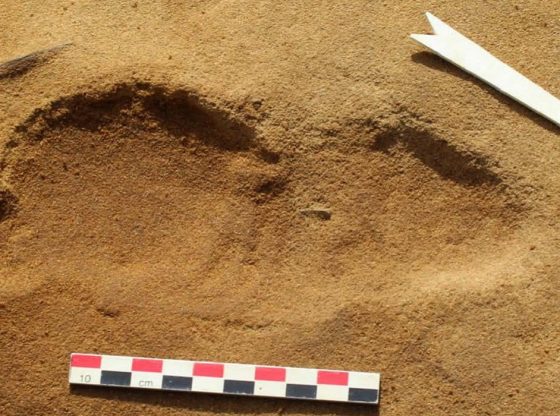

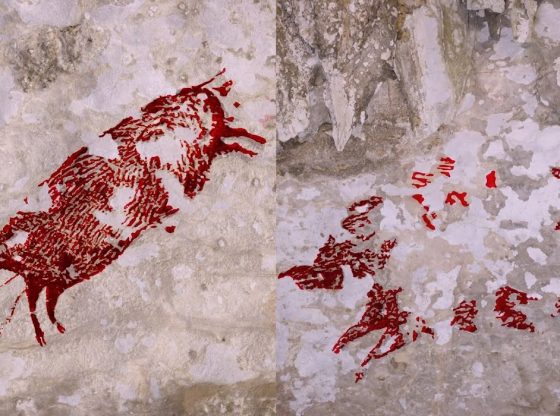
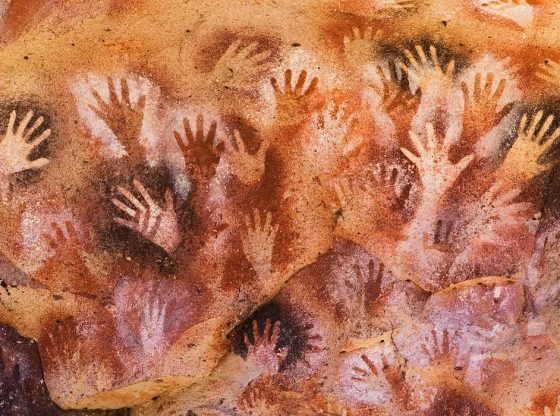
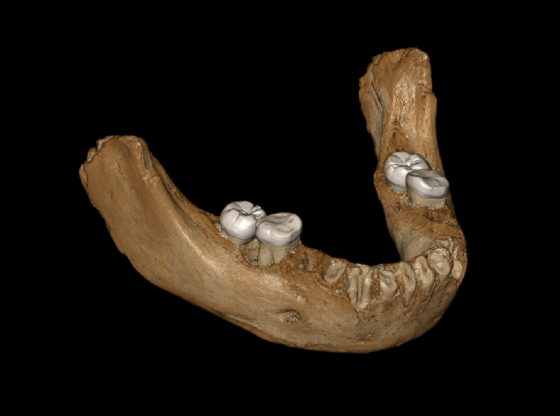

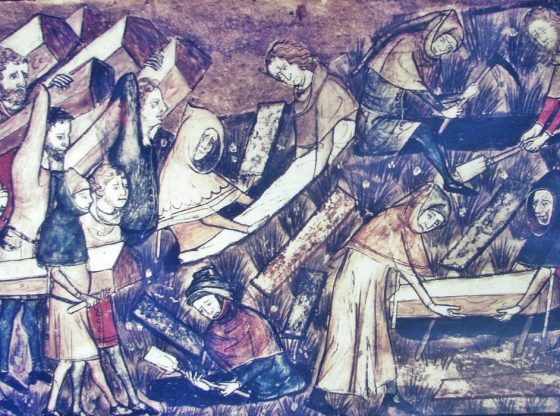
![OpenAI. (2025). ChatGPT [Large language model]. https://chatgpt.com](https://www.illustratedcuriosity.com/files/media/55136/b1b0b614-5b72-486c-901d-ff244549d67a-350x260.webp)
![OpenAI. (2025). ChatGPT [Large language model]. https://chatgpt.com](https://www.illustratedcuriosity.com/files/media/55124/79bc18fa-f616-4951-856f-cc724ad5d497-350x260.webp)
![OpenAI. (2025). ChatGPT [Large language model]. https://chatgpt.com](https://www.illustratedcuriosity.com/files/media/55099/2638a982-b4de-4913-8a1c-1479df352bf3-350x260.webp)








